Researchers make neurons directly from skin cells
Human skin cells can be converted directly into functional neurons, bypassing a reprogramming step that is part of the typical procedure, according to a study published 26 May in Nature.
Efforts to ease the symptoms of autism are beginning to ramp up, with promising candidates in various stages of testing.
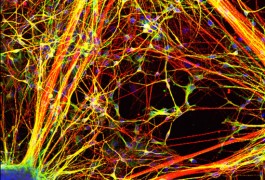
Human skin cells can be converted directly into functional neurons, bypassing a reprogramming step that is part of the typical procedure, according to a study published 26 May in Nature.
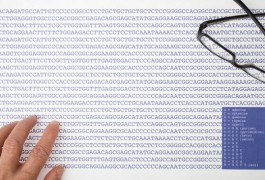
Sequencing an individual’s entire genome may be the key to tailoring treatments for heterogeneous disorders, suggests a study published 15 June in Science Translational Medicine.
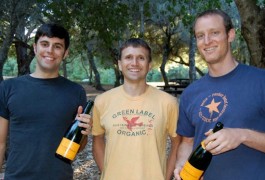
The ever-curious and energetic Ricardo Dolmetsch is taking skin cells from individuals with various types of autism and turning them into neurons in the lab. The approach could reveal the cellular basis of the disorder and point to new treatments.
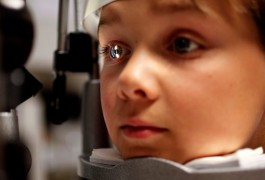
Several targeted trials on drugs that treat fragile X syndrome are under way. But accurate endpoints to measure the drugs’ effectiveness are crucial, argues developmental and behavioral pediatrician Randi Hagerman.
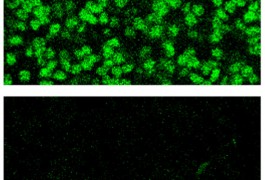
A new study calls into question the assumption that Rett syndrome is exclusively a neurodevelopmental disorder caused by the lack of a critical protein in utero.

A new opinion piece argues that the risks of early screening for autism outweigh the benefits. But the article does a poor job of articulating what these risks might be, instead focusing only on the fact that there are few good options available to children after their diagnosis.
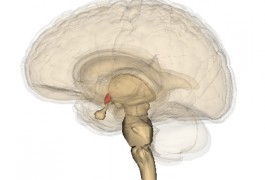
Children with autism have less brain matter than normal in a region that synthesizes the social hormones oxytocin and vasopressin, according to a study published 29 April in Biological Psychiatry.
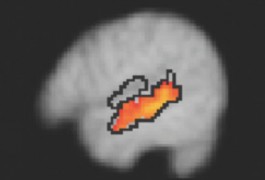
In the past year, several studies have suggested that brain scans will soon help clinicians diagnose autism. But many experts say these scans are far from — and may never be — ready for use as diagnostic tests.

Developmental disorders increased by 17 percent between 1997 and 2008 in the U.S, according to a report published 6 June. Is this cause for alarm, or a sign that we are at last assessing the true rate for these disorders?
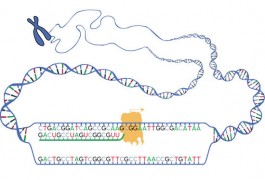
Researchers have upended a central tenet of biology by showing that there are more than 10,000 sites in the human genome where RNA sequences do not match the DNA sequences from which they are transcribed. The findings were published 19 May in Science.